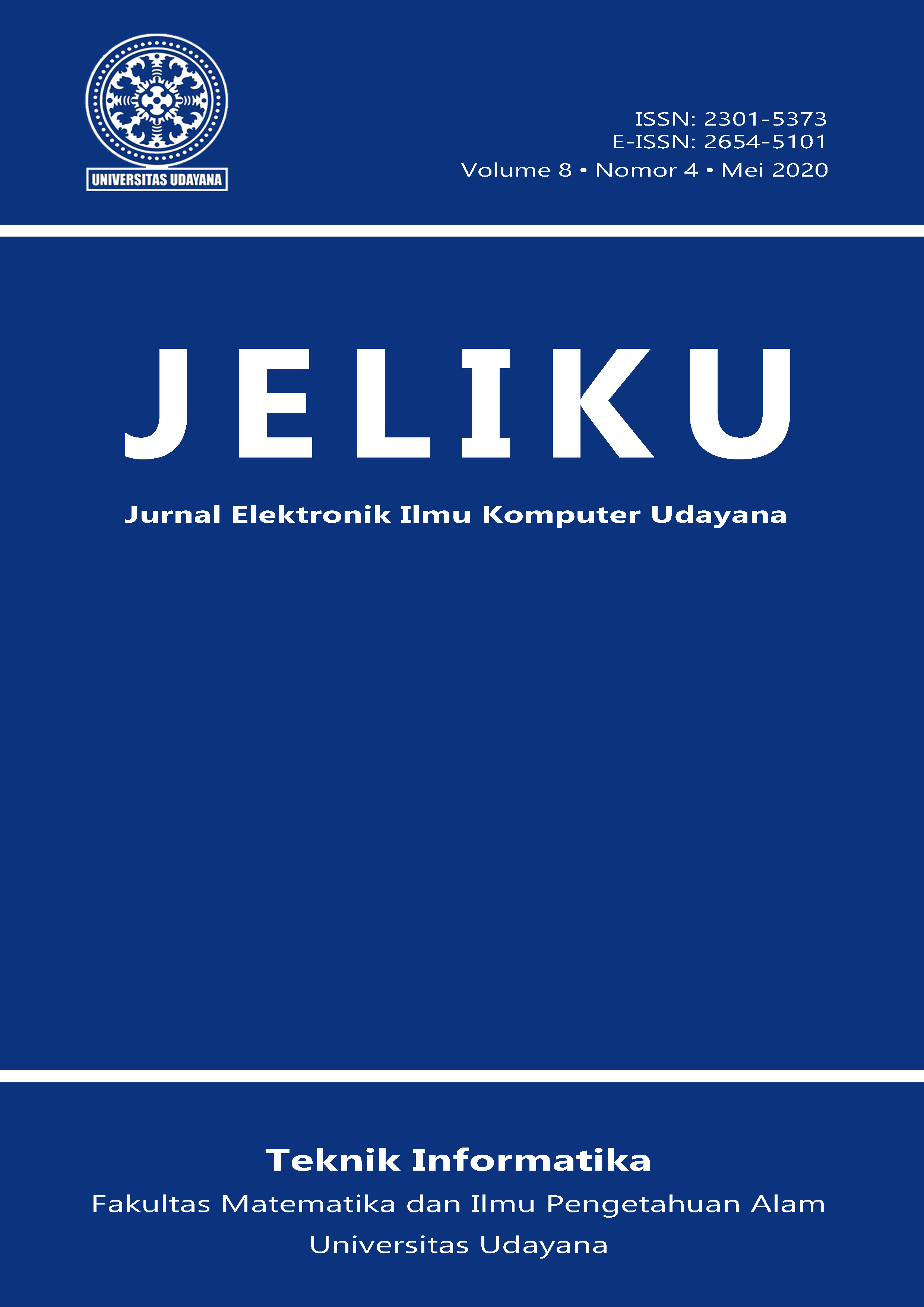Forensic Analysis of Telegram Desktop-based Applications using the National Institute of Justice (NIJ) Method
Abstract
Abstract
The development of telecommunications has increased very rapidly since the internet-based instant messaging service has spread rapidly to Indonesia. Telegram application is one of the growing and well-known application services in Indonesia, Desktop or smartphone-based Telegram applications, it is very possible to use digital crimes by using services, user personal information, or by hacking the Telegram application. This study explains the stages of investigation of cybercrime cases that occurred in desktop-based telegram. The method used for this research refers to the stage of investigation that was carried out in previous studies, namely using the National Institute of Justice (NIJ) method with the stages of the preparation stage, the collection stage, the examination stage, the analysis stage, and the reporting stage. The media used in this study is a desktop-based Telegram application that is synchronized with an Android-based Telegram. In this process, the location of the log file, cache, and digital proof image file was obtained in the conversation of a desktop-based Telegram application. Digital forensic evidence obtained is expected to strengthen evidence of criminal cases in court in the form of digital evidence analysis results.
Keywords: Telecommunications, Digital Forensic, Telegram, Investigation, Cybercrime






